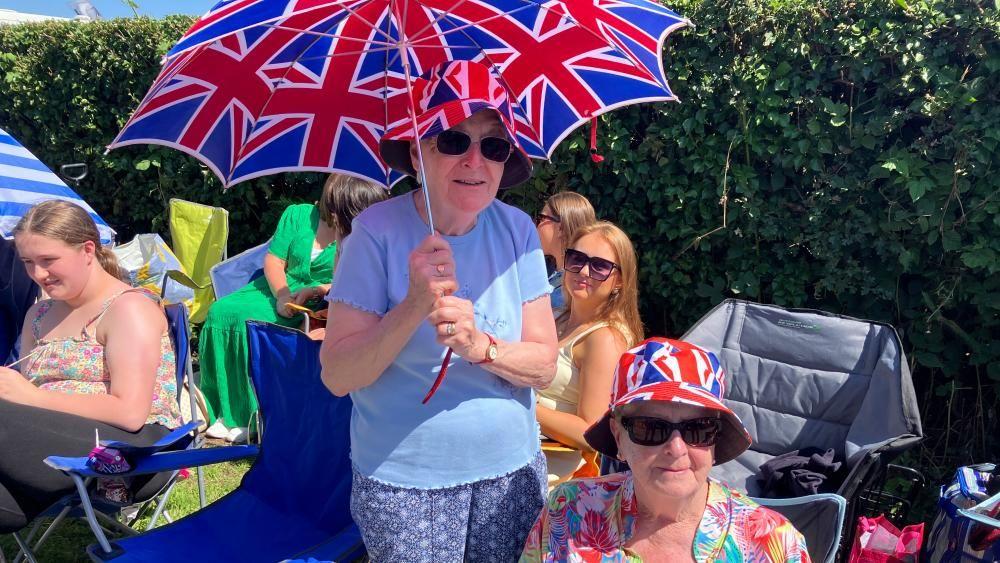The Twelfth of July Celebrations in Northern Ireland
On Saturday, the streets of cities, towns, and villages across Northern Ireland were filled with crowds gathered to witness the annual Twelfth of July parades. These events are a significant part of the cultural and historical fabric of the region, drawing thousands of participants and spectators alike.
A Tradition Rooted in History
The parades serve as a commemoration of the Battle of the Boyne, which took place in 1690. This historic event is central to the celebrations, marking the victory of William of Orange over the Catholic King James II. For many, it is a time to honor the legacy of Protestant traditions and the values associated with them.
Ulster-Scots Heritage and Community Spirit
Beyond the historical significance, the Twelfth of July also celebrates Ulster-Scots heritage. This cultural identity is deeply embedded in the traditions of Northern Ireland, and the parades provide an opportunity for communities to come together and showcase their unique customs. From traditional music and dance to colorful banners and marching bands, the celebrations reflect the rich diversity of the region.
Preparations and Atmosphere
The festivities often begin the night before, with bonfires lit across Northern Ireland on the Eleventh night. These fires are a symbolic gesture, representing the community’s unity and pride. As the night progresses, the atmosphere becomes more vibrant, with people gathering to enjoy food, music, and the shared sense of belonging that comes with these events.
Highlights of the Celebrations
The Twelfth of July parades are known for their grandeur and pageantry. Participants, many of whom are members of the Orange Order, march through the streets, displaying their commitment to the traditions they hold dear. The parades are accompanied by a variety of activities, including local fairs, live entertainment, and family-friendly events that cater to all ages.
A Time for Reflection and Unity
While the parades are a celebration of history and culture, they also offer a moment for reflection. Many see the event as a way to connect with their roots and understand the historical context that has shaped the region. At the same time, the celebrations foster a sense of community and solidarity among participants and spectators.
The Role of Media in Capturing the Moment
Although the original text mentions looking at pictures from the celebrations, the focus here is on the experience itself. The media plays a crucial role in documenting these events, capturing the energy and spirit of the parades. Through photographs and videos, the public can get a glimpse into the vibrant atmosphere that defines the Twelfth of July in Northern Ireland.
Conclusion
The Twelfth of July parades are more than just a historical observance; they are a living tradition that continues to bring people together. Whether through the marching bands, the bonfires, or the community gatherings, the celebrations embody the resilience and cultural richness of Northern Ireland. As the streets fill with color and sound, the event serves as a powerful reminder of the enduring connections between history, heritage, and community.







